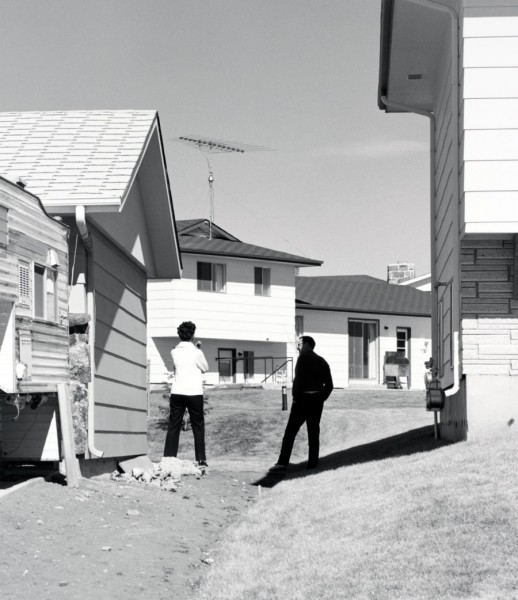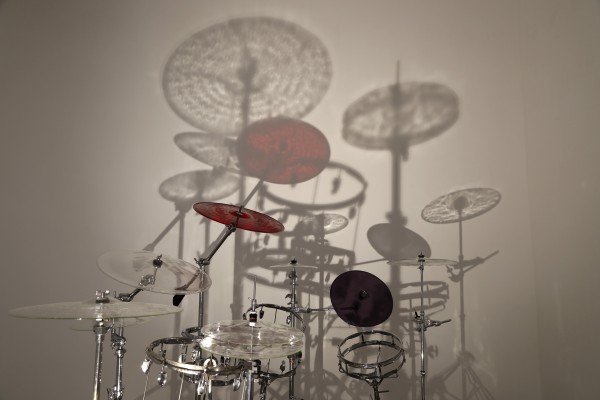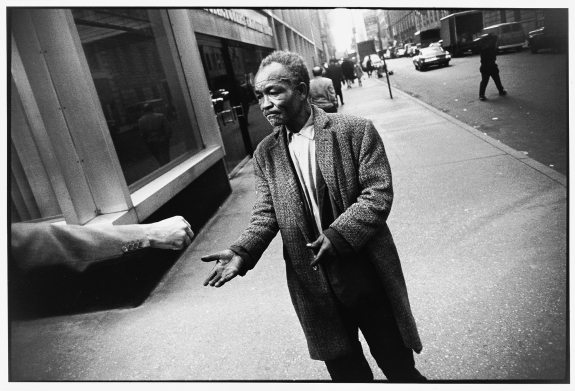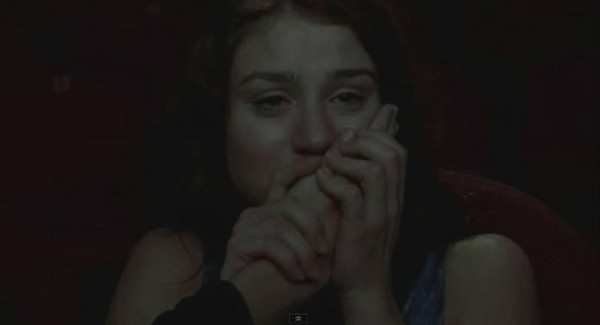
Postscript: on Some Responses to “Would Vanessa Place Be a Better Poet if She Had Better Opinions?”
Everyone involved in this discussion appears to live by the difference between art and life. To my knowledge, no one has suggested that Gone with the Wind is something other than a novel or that Tweeting Gone with the Wind is something other than a work of art. (No reader misrecognized it as a different kind of Twitter account – for example, a moment by moment record of the passing thoughts of Vanessa Place). Nor has anyone started a liberation movement to protect the rights or advance the interests of fictional persons.






